Petabyte-scale log analytics with Amazon S3, Amazon OpenSearch Service, and Amazon OpenSearch Ingestion
AWS Big Data
MARCH 7, 2024
At the same time, they need to optimize operational costs to unlock the value of this data for timely insights and do so with a consistent performance. With this massive data growth, data proliferation across your data stores, data warehouse, and data lakes can become equally challenging.


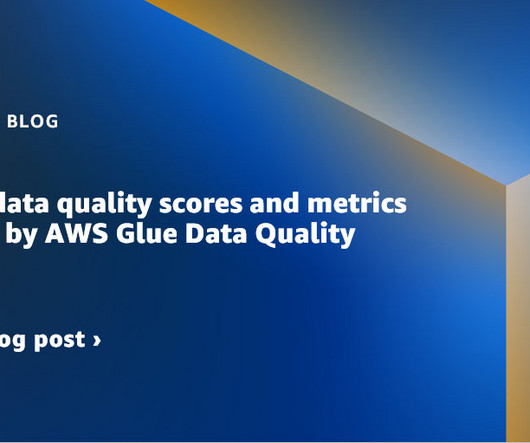
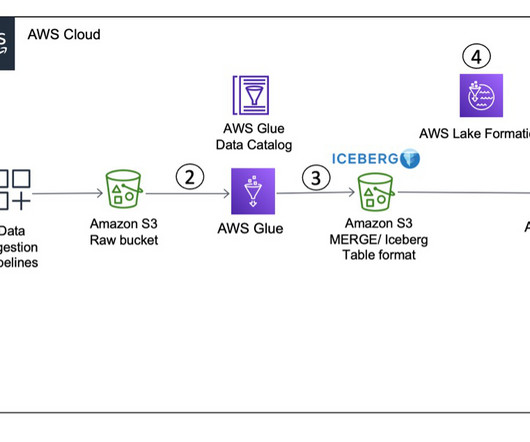
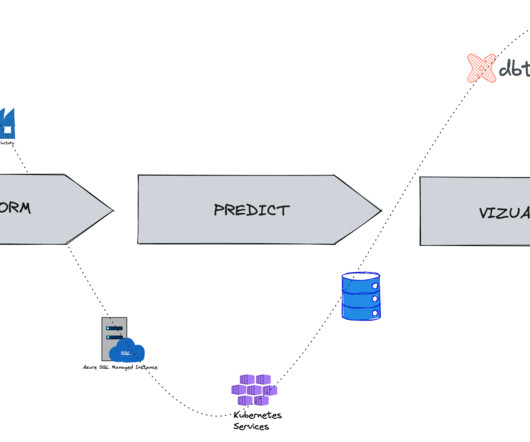



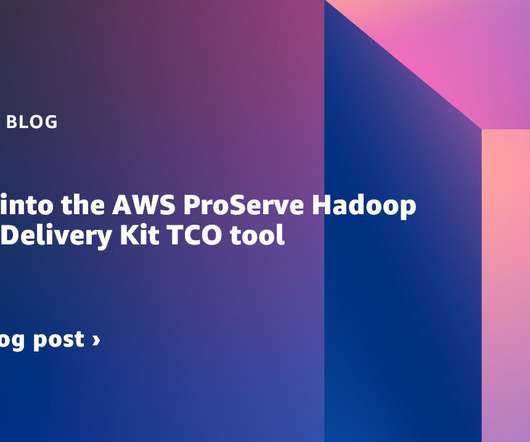


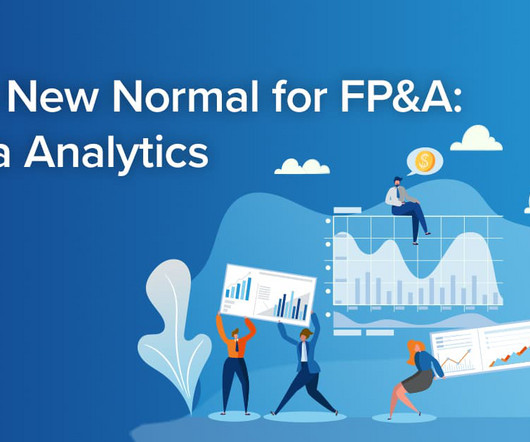
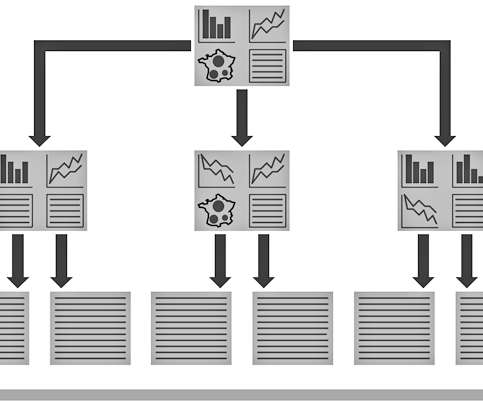
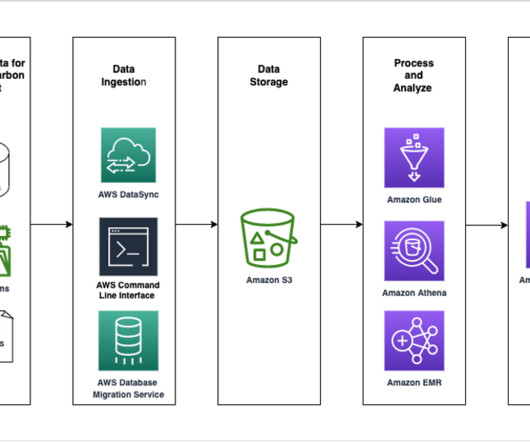
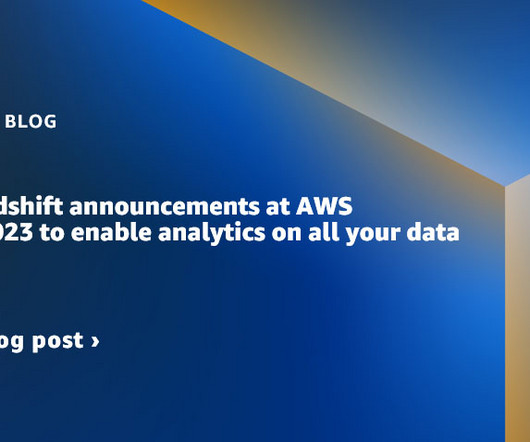
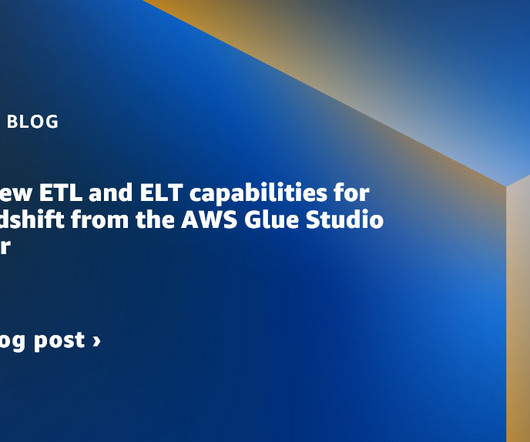

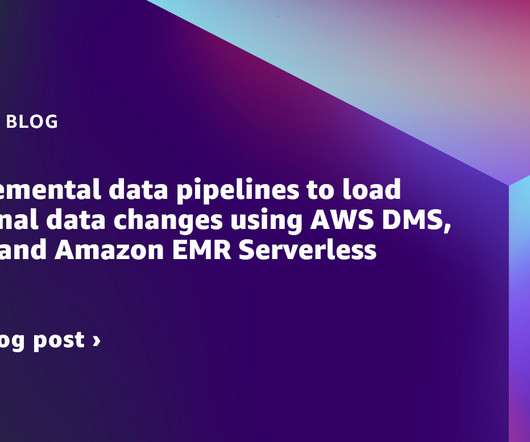

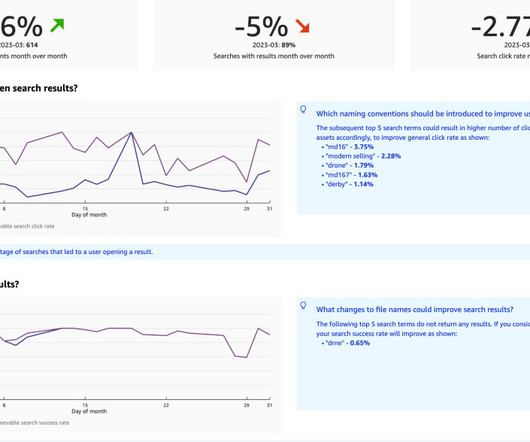








Let's personalize your content